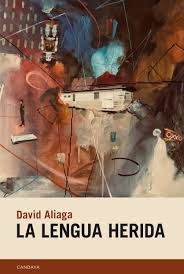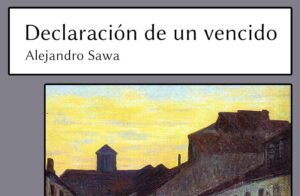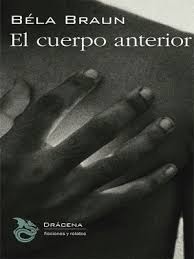
Original Language: Español
Year of publication: 2025
Valoración: Advisable
Every novel contains at least one trip, whether this real or metaphorical, spatial, temporal or interior. And some novels carry more than one trip inside.
This is the case of The injured tonguewhere we have:
- The journey made by Professor P. Coen from Barcelona to Mexicali in search of his grandfather’s footprints.
- The journey that the grandfather made from Trieste to Mexico fleeing from Nazism (and the one that made Mexico to Barcelona, where he settled).
- The time trip of Professor P. Coen, for whom the return to Mexicali is also to meet his past, with his 20 -year -old self
- The trip through the history of the Jewish people, etc.
All of the above (and the occasional “space trip”) to talk about memory and identity, how to codify the experience of being, the need to count and be counted and the origin of it, the desire of memory and fear before it.
Both know the story, but that often consists of the reunions, the talks with old friends, the family meals, in repeating the stories that knot each other, as if stop explaining them were to extinguish us a little, to move us away a little.
Also the memories that have begun to invoke at some point have made it laugh while felt, in the stomach, an arcade of acidic and bitter pea.
The novel, if this helps in something, brings to the head some pages of Modiano and its medium spectral searches, to Bolaño and his obsession with writing and literary references (in addition to that Mexican north, of course), to the greats of the Central European literature of interwar due to the inquiry in identity and memory.
The problem I see The injured tongue It is that perhaps too many stories are opened, many of them of the most “promising”, which do not just set. It is clear that what initially looked like a trip in search of information about the family past ends up becoming an inner trip and the “weight” is moving from one to another, but that leaves us with honey on the lips in one of the secondary plots (for example, the story of the nonno) and makes several characters just shadows or sketches. Although, now that I think about it, will it be the latter a nod to the professor’s literary career?
In any case, the general impression that the book leaves me is favorable, especially as regards the most “essay” and “reflective” slope of it. His inquiry in memory, identity and writing is extremely interesting and compensates, by far, the defects that the novel could have.
Source: https://unlibroaldia.blogspot.com/2025/06/david-aliaga-la-lengua-herida.html


